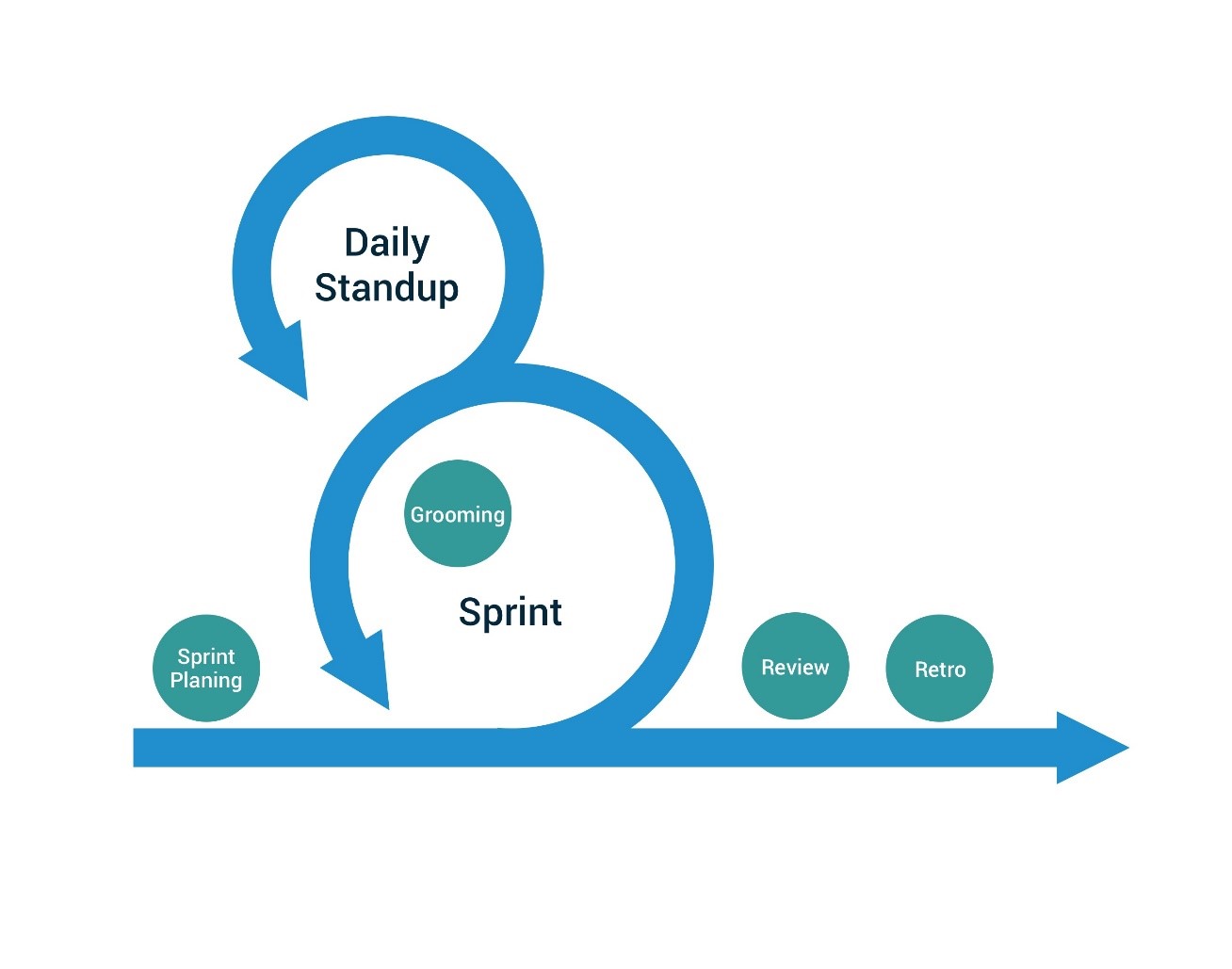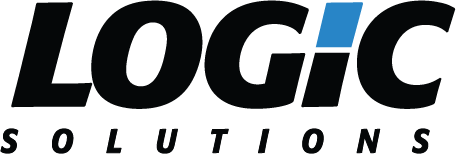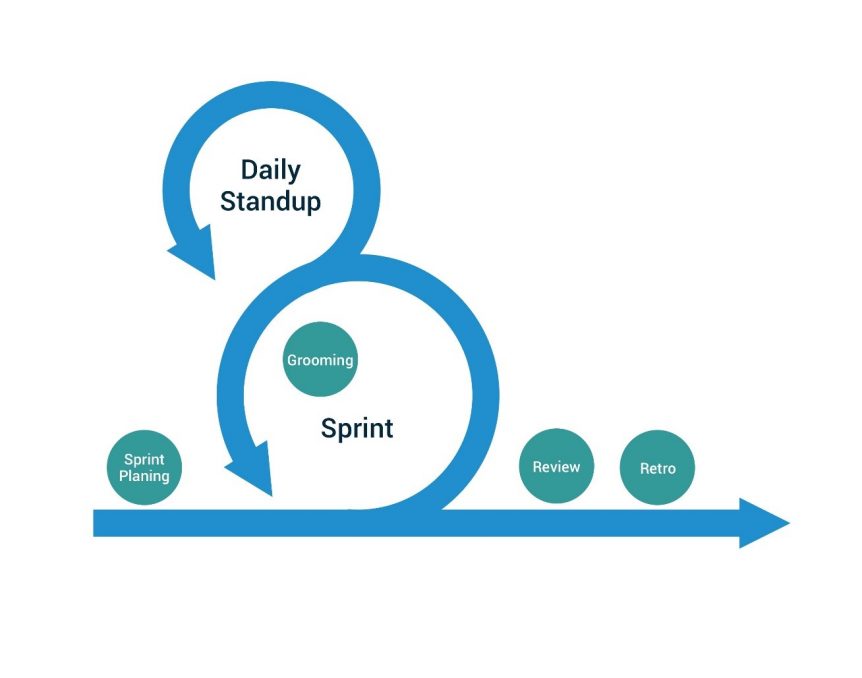Scrum? What does it mean? Why does it make Logic Solutions a great company to work with to digitally transform your business? There’s a method to our madness and we’d love to tell you why!
What does Scrum mean?
Scrum is a framework that addresses complex problems with a transparent, inspective, and adaptive method allowing both the Business Owner (BO), the Product Owner (PO), Scrum Master, and Development Team to effectively develop creative and effective solutions. An offshoot of Agile Methodology, Scrum is designed to provide a frequent communication element necessary to properly involve the stakeholders in a business.
At Logic we have seen great value in following the Scrum methodology. Your primary point of contact will be an expert Product Owner, sometimes called a project manager which you can channel all communication.
Our projects typically have a weekly client discussion cadence. We alternate who leads each meeting (you or us) to better ensure that everyone’s needs are heard. We’ll post our meeting notes to Confluence afterward for review. If our teams have an internal recap after a regular meeting, we’ll also include those notes.
How We Do Things for You
During the meetings we will:
- Summarize what was accomplished in the prior week.
- Identify and address any issues, questions, or barriers to success as they arise.
- Discuss the intended progress to be made in the upcoming week.
- Hold Sprint Review and planning sessions (when the time arising during the Sprint.)
Each week we will review the Scrum board and update you on the overall project status. If for some reason we’re not on schedule, we’ll inform you of any issues, and what we will do (or what we need from you) to get back on track.
Each project starts with a Sprint 0 that we call Discovery. Here we will conduct requirements and analysis meetings with appointed client stakeholders. This is to further clarify the project scope, review/create the requirements, and establish strategies that will lead to development and implementation decisions. During this Sprint we will establish features to be built and associate priorities to them. We will create Epics and Stories within the Scrum backlog and associate stories and tasks with Sprint 1.
Once the application’s overall high-level scope is understood and the Scrum board has the stories for Sprint 1 established we dive into the work. This consists of a series of two-three week sprints where we create a tangible end product at the conclusion of each sprint. This may include any number of tasks from Story definition, architecture design, creative design, technical implementation (programming), and quality assurance.

What is a Sprint?
Each Sprint is made up of the following events:
- Sprint planning. A two hours meeting where the team pulls stories from the backlog with the help of the Product Owner’s prioritization and puts them into the current sprint. The team agrees about the Done Criteria and points of each story. They then agree upon a sprint goal and get started.
- Daily standup. Each day the Scrum Master leads the daily standup. Each team member goes around and describes:
- What have you done since the last daily standup?
- What are you going to do until the next daily standup?
- What impediments are standing in your way?
- Sprint Review. At the conclusion of the sprint this is a 1-2 hour meeting, where the Scrum Team shows what they have accomplished during the Sprint. The project is assessed against the Sprint Goal and shown to stakeholders.
- Retrospective. The entire Team, including the Scrum Master and the PO, gather after the close of a Sprint for a 2-hour meeting to discuss and agree upon what went well and ways they could improve their practices, teamwork, environment, or organization for the next Sprint.
- Grooming. This is the ongoing process of reviewing product backlog items and ensuring they are accurately prioritized, pointed, and defined in a clear and deliverable manner for the Scrum Team, ensuring a more streamlined Sprint Planning.
Once a Sprint has been established and the team is in progress you can watch all of the progress within Jira. Each Sprint is broken up into multiple stories or tasks that we will finish during the sprint. Each story and or task can be scene as they progress through the customizable “swim lanes.” A typical list of swim lanes is:
- To Do
- In Progress
- Ready to Test
- Testing
- Done
At the completion of the Sprint and the Sprint Review, you may know review the tangible work product that was produced. Once satisfied that enough features are completed to deploy, we will schedule a mutually agreeable date to deploy the application features.
Now that you’ve had a glimpse into how we do things at Logic Solutions, you have a better idea of how your personal experience will be. Communication is key throughout this entire process. We want your experience to be one of collaboration and trust.
We want to take your vision and digitally transform it. Please give us a call to get started at (734) 930-0009.

